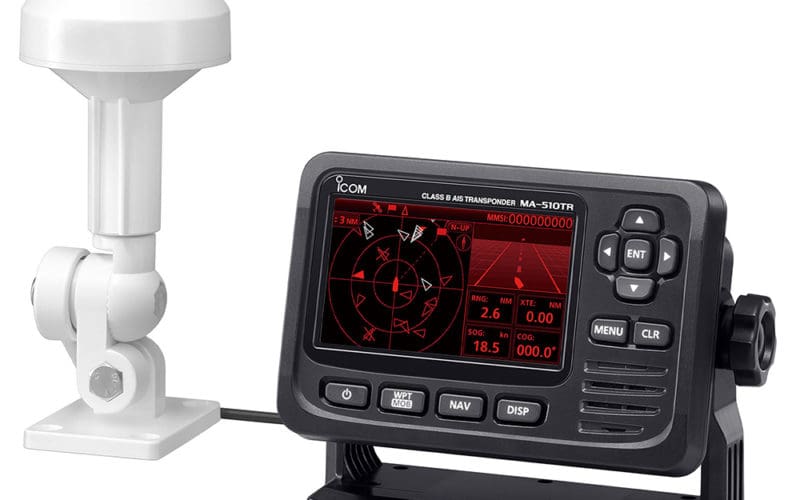13
Sep
Getting out on the boat in coastal waters can separate us from important phone calls from family and the office that we’d rather not miss. That is, unless our boat is equipped with a high-gain marine cellular antenna. The Marine weBoost Drive Reach Cell Signal Booster is a great example of the accessibility and power available for cell phones within 15 to 20 miles offshore. “This kit includes a high-gain outside antenna for either the RFI 82-inch Whip or the Poynting high-gain omni antenna,” explained Marketing Director Chad Steglich of Powerful Signal of Hurricane, Utah. The 29.5-inch Poynting OMNI-493 UV-stable…


